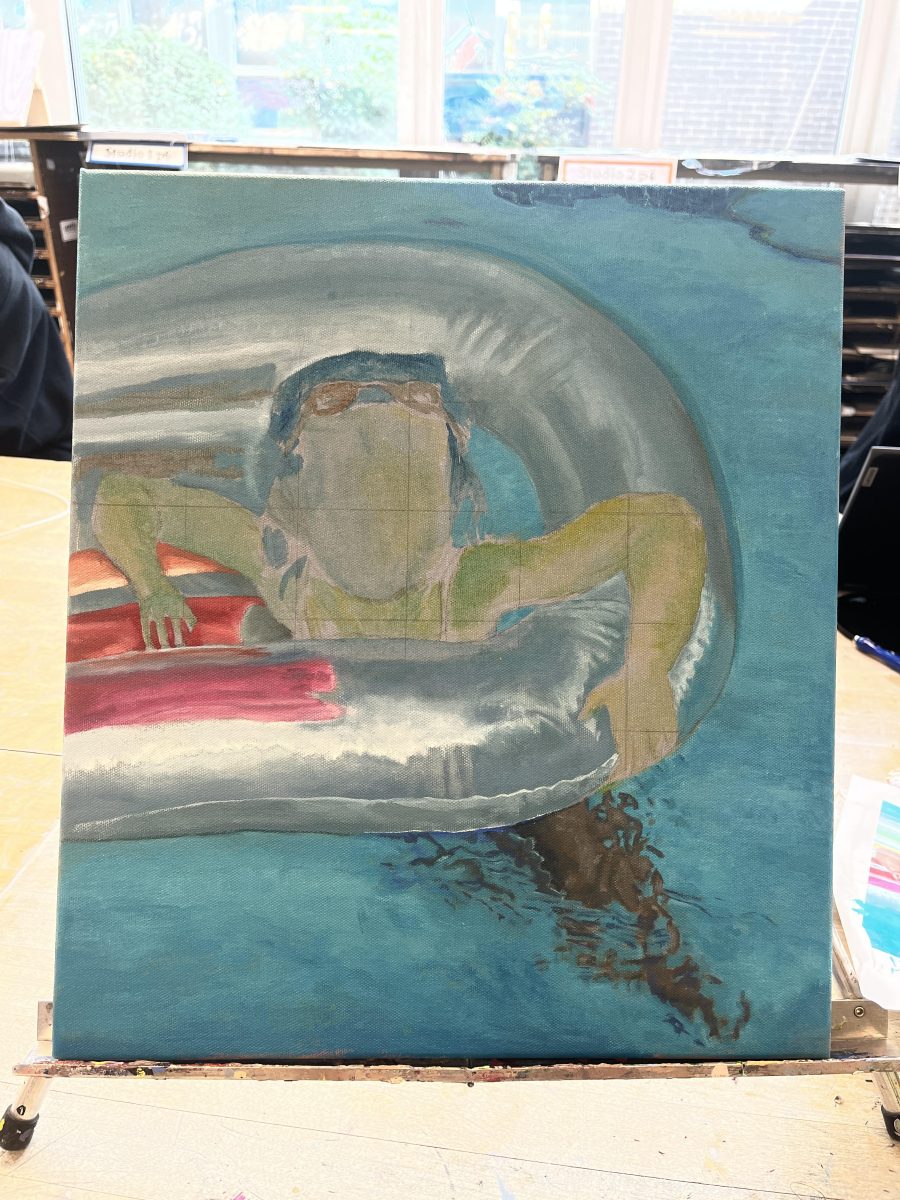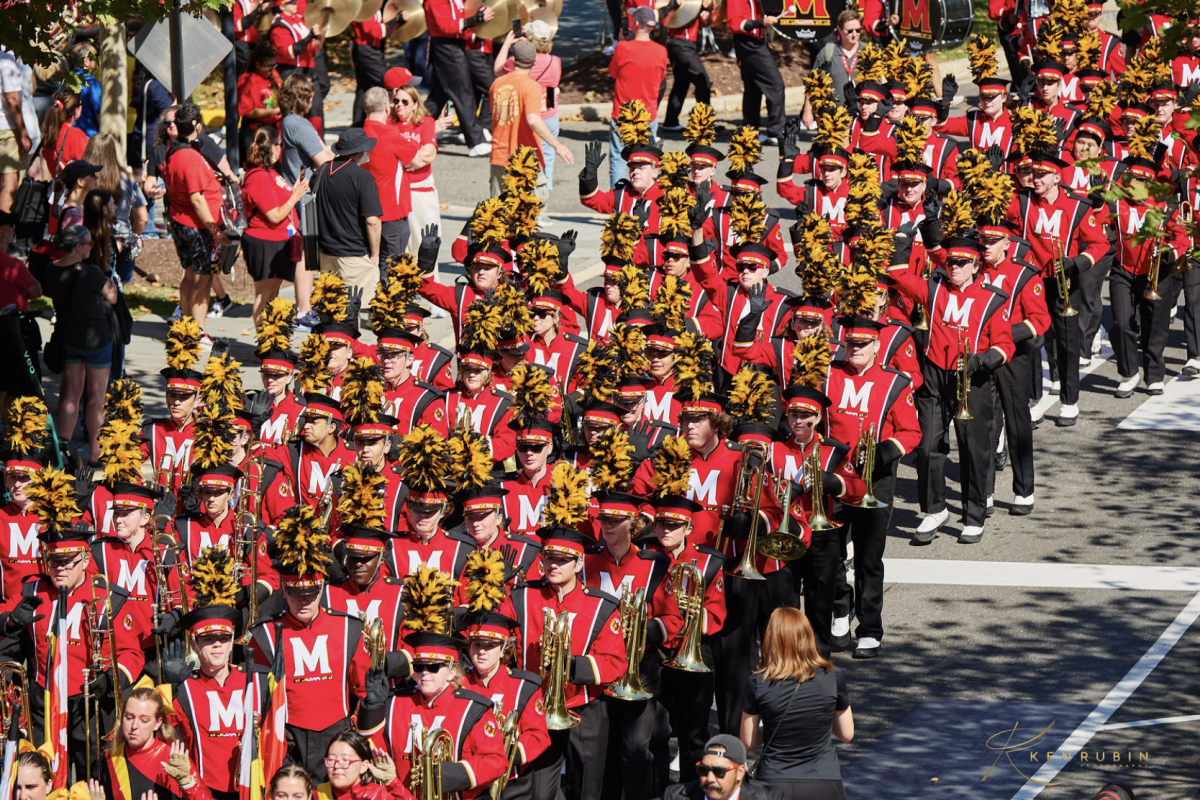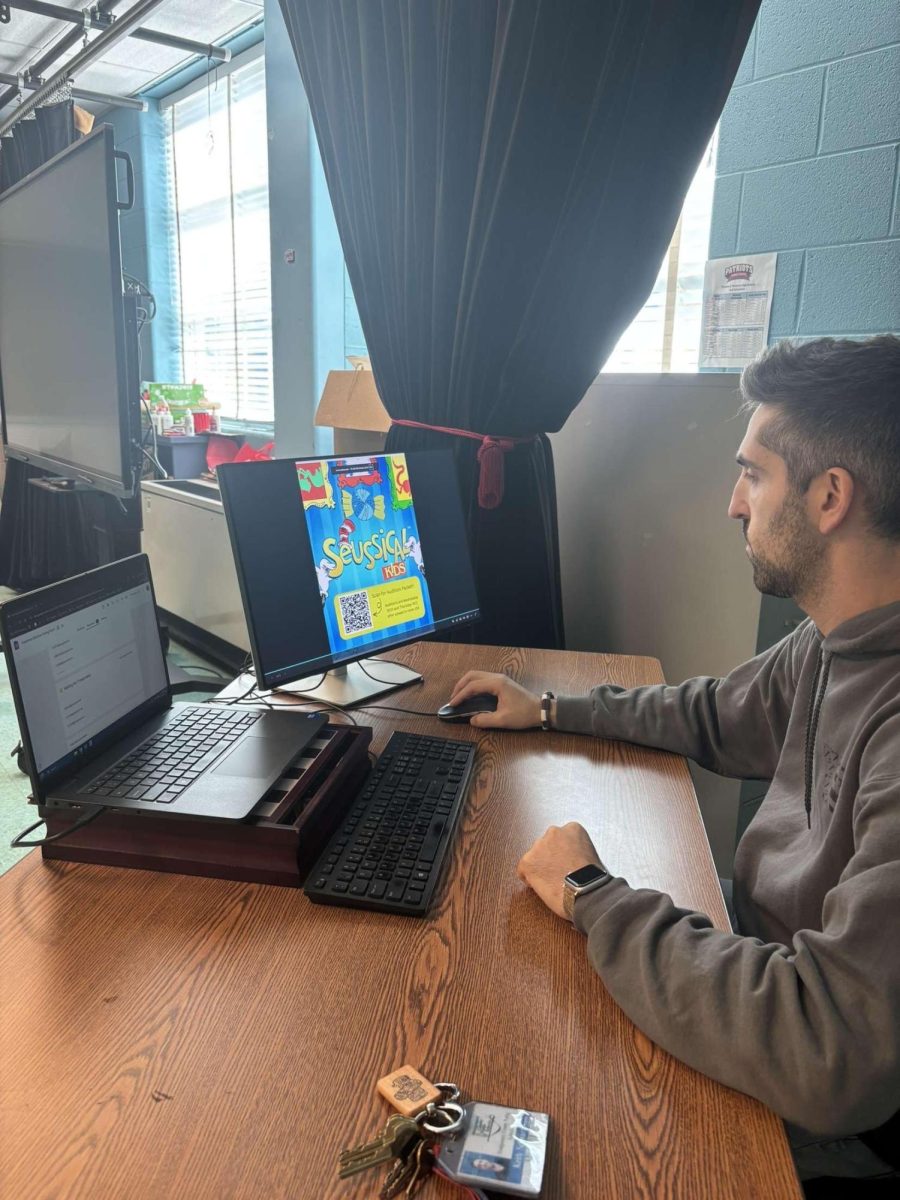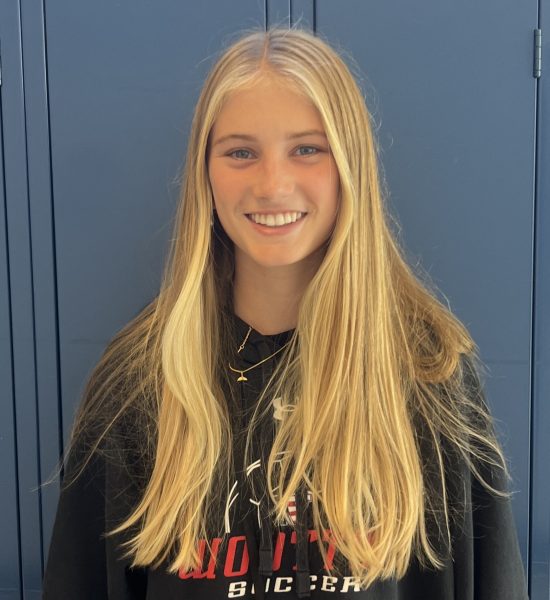Going into her 12th year of teaching, AP art teacher Quan Duong is still passionate about her work to help students find their artistic voice. Duong has been able to help students develop their portfolios, find their pathway for potential future college art courses, and help students express their thoughts and feelings via their artwork.
A key component of this class is the students’ imagination. To help students plan their projects, Duong has them do mind maps, journal ideas, or explore the work of other artists to initiate the creative process. Students often have a general direction of what they plan to do for their project, but when they are stuck, Duong helps by guiding them in the right direction and then lets the art-making process take over. The current project is portrait paintings using acrylics, which can be challenging but, “even if the end result is not exactly what they initially intended, [students] can find creative solutions,” Duong said.
Through this course, students develop meaningful portfolios specifically tailored to their personalities and artistic voice. In their portfolios, which are a collection of their artwork built over the span of the school year, they demonstrate their skillful synthesis of materials, processes and ideas. The guidelines for each project are the same for all students but with differing passions, ideas and skills, each portfolio is unique and represents the creator.
To guide them in the planning of their projects, students use inspiration they find in the world around them. Quong suggests to her students to take advantage of local art museums and galleries in person or even online. She suggests students keep a small sketchbook on hand to record ideas through small doodles or just write observations of their surroundings. Once the artists have a concept for their artwork they are given the time in class to work. As does most creative work, the pieces for their portfolios take longer to compose than the allotted 42-minute periods students are provided.
Overcoming the time crunch, students can opt for the double period of the class or go in during advisory or lunch to continue working. Despite the long hours spent on the art and the wide range of techniques incorporated, there are continual misconceptions about the level of difficulty of the class. It is not just an “art” exam, Quong explained; the class requires building an extensive portfolio, which takes time and dedication to the skills and artwork. “Some projects can take longer than expected so the time management makes it a bit challenging,” junior Maddie Zincke said.
AP drawing is described as exploration. Students are encouraged to experiment, explore and discover their art style throughout the year. Using different materials and techniques, students create pieces that can be used as part of their sustained investigation. Since students are taking an AP-level course they are given the option to take the AP exam, which is called the sustained investigation and starts with a guiding question or personal inquiry. During the year the student’s work becomes part of their portfolio for the sustained investigation.
In addition to the exam providing students with AP credit, which helps students hoping to continue art courses into college, the class has opportunities to enter competitions to win prize money or scholarships for students’ artwork.
AP drawing enables students to express their thoughts and feelings through their work by choosing topics and materials that are meaningful to them. Even though it is a difficult AP class it provides “me an outlet for any stress I have, when I am painting I just feel relaxed,” senior Naomi Esterowitz said.









